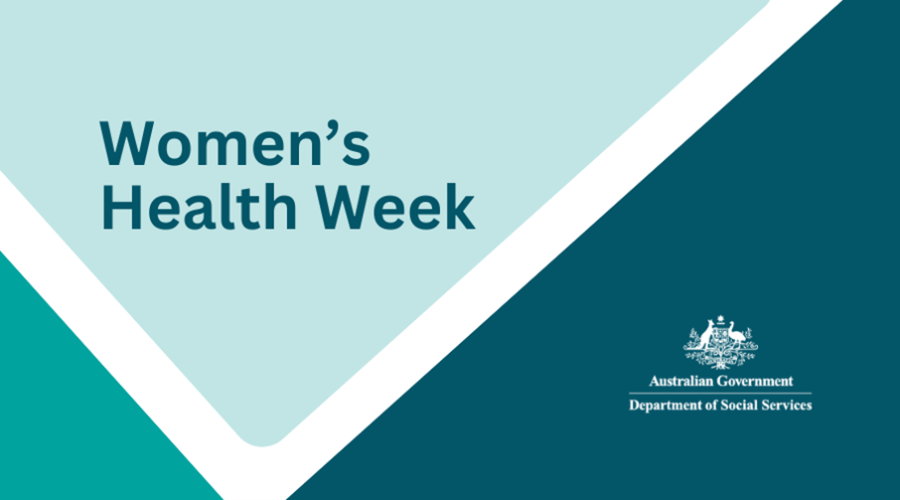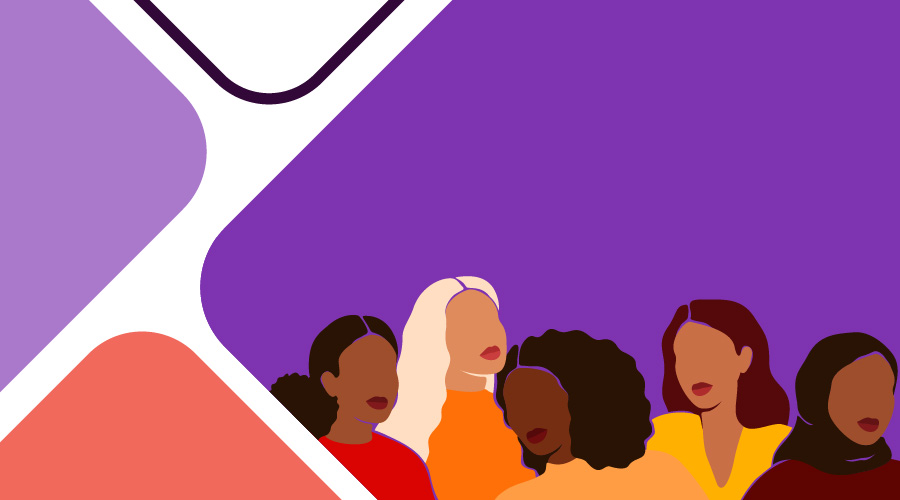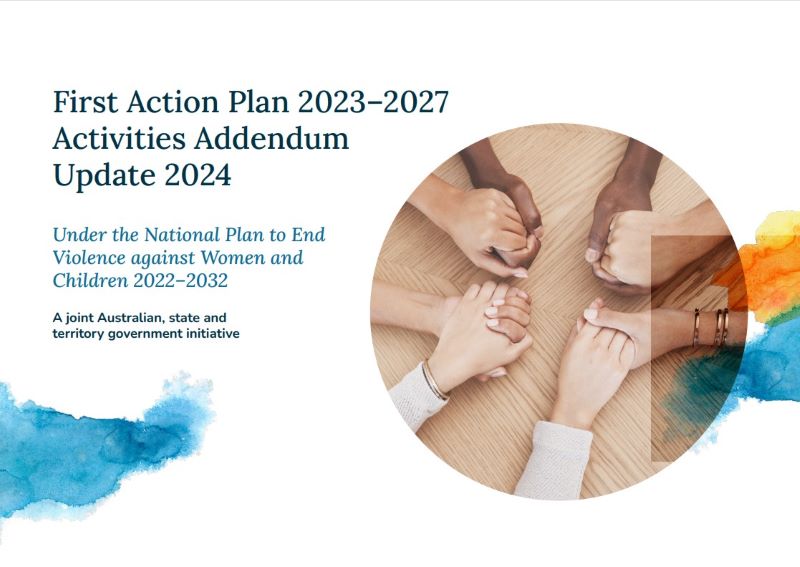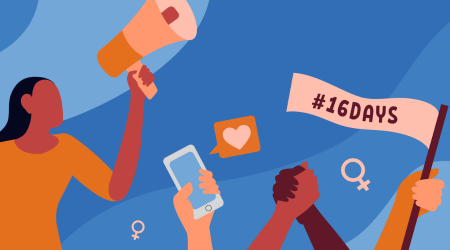As we recognise Women’s Health Week 2025, it’s essential to spotlight a critical aspect of women’s health – safety.
Violence against women can take many different forms, including physical and non-physical. We may not always recognise it. Being aware of the different ways that violence and abuse are used helps us to better understand it, talk about it and reject it.
Coercive control, emotional and economic abuse, and harassment through technology are all ways of perpetrating violence. They can often be used alongside, or lead to, physical violence.
Violence can also exist in different types of relationships. These can be with an intimate partner or ex-partner, or between family members.
Despite how common it is, many cases of violence against women go unreported.
Violence against women and all gender-based violence have long-term and far-reaching effects. Victim-survivors often need supports to recover and heal from trauma and the physical, mental, emotional and economic impacts of violence.
A healthy relationship gives you freedom to:
- see family and friends
- go out without the other person
- control your own money
- make decisions about your body
- make decisions about your work, friends and where you live
- have your own hobbies and interests
- follow your own cultural practices, religion or spiritual beliefs.
We all have a role to play in ending violence against women. Raising awareness of what healthy and respectful relationships look like, offering support and encouraging safe spaces can change lives.
More information
Visit 1800RESPECT to learn healthy relationships(Opens external website).
If you or someone you know is experiencing, or at risk of experiencing, domestic, family or sexual violence:
- call 1800 737 732
- text 0458 737 732
- visit 1800RESPECT(Opens external website) for online chat and video call services.



